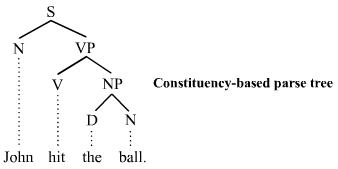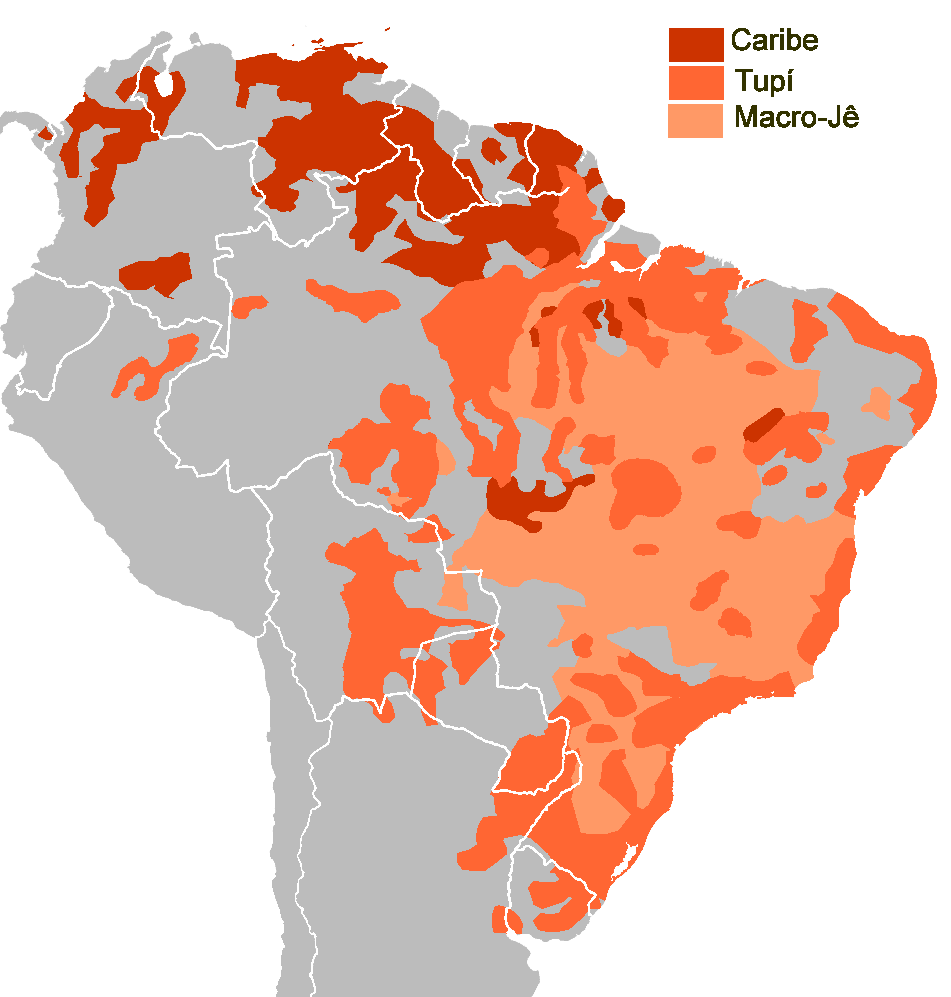|
Monteiro Lobato
José Bento Renato Monteiro Lobato (; 18 April 1882 – 4 July 1948) was one of Brazil's most influential writers, mostly for his children's books set in the fictional Sítio do Picapau Amarelo (Yellow Woodpecker Farm) but he had been previously a prolific writer of fiction, a translator and an art critic. He also founded one of Brazil's first publishing houses (Companhia Editora Nacional) and was a supporter of nationalism. Lobato was born in Taubaté, São Paulo. He is best known for a set of educational but entertaining children's books, which comprise about half of his production. The other half, consisting of a number of novels and short tales for adult readers, was less popular but marked a watershed in Brazilian literature. Biography Most of his children's books were set in the '' Sítio do Picapau Amarelo'' ("Yellow Woodpecker Farm" or "Yellow Woodpecker Ranch"), a small farm in the countryside, and featured the elderly ranch owner ''Dona Benta'' ("Mrs. Benta"), he ... [...More Info...] [...Related Items...] OR: [Wikipedia] [Google] [Baidu] |
Taubaté
Taubaté is a medium-sized city in the state of São Paulo, in southeastern Brazil. History Taubaté was part of the ancient Tupinambá Territory, along the Paraíba do Sul River. The Tupinambá Territory in the 16th century, stretched from the Juqueriquerê River on the shores of Caraguatatuba to the Cape of Saint Thomas (Cabo de São Tomé) in the State of Rio de Janeiro. The first village was created in 1640 being proclaimed as an autonomous locality on December 5, 1645, by a pioneer named Jacques Felix. It was the first location in the Vale do Paraíba region to obtain autonomy. The locality got its current city status in 1842, by which time it was a coffee production center. It hosted Taubaté's Agreement in 1906. In 1908 the city was made the seat of the Roman Catholic Diocese of Taubaté. In 1900 it was the largest city in the interior of São Paulo. The county name comes from the Guarani language and means village (taba) high (ybaté). Geography Location Its ... [...More Info...] [...Related Items...] OR: [Wikipedia] [Google] [Baidu] |
Donkey
The donkey or ass is a domesticated equine. It derives from the African wild ass, ''Equus africanus'', and may be classified either as a subspecies thereof, ''Equus africanus asinus'', or as a separate species, ''Equus asinus''. It was domesticated in Africa some years ago, and has been used mainly as a working animal since that time. There are more than 40 million donkeys in the world, mostly in underdeveloped countries, where they are used principally as Working animal, draught or pack animal, pack animals. While working donkeys are often associated with those living at or below subsistence, small numbers of donkeys or asses are kept for breeding, as pets, and for livestock protection in developed countries. An adult male donkey is a ''jack'' or ''jackass'', an adult female is a ''jenny'' or ''jennet'', and an immature donkey of either sex is a ''foal''. Jacks are often mated with horse, female horses (mares) to produce ''mule, mules''; the less common hybrid of a stalli ... [...More Info...] [...Related Items...] OR: [Wikipedia] [Google] [Baidu] |
Skeptic
Skepticism ( US) or scepticism ( UK) is a questioning attitude or doubt toward knowledge claims that are seen as mere belief or dogma. For example, if a person is skeptical about claims made by their government about an ongoing war then the person doubts that these claims are accurate. In such cases, skeptics normally recommend not disbelief but suspension of belief, i.e. maintaining a neutral attitude that neither affirms nor denies the claim. This attitude is often motivated by the impression that the available evidence is insufficient to support the claim. Formally, skepticism is a topic of interest in philosophy, particularly epistemology. More informally, skepticism as an expression of questioning or doubt can be applied to any topic, such as politics, religion, or pseudoscience. It is often applied within restricted domains, such as morality (moral skepticism), atheism (skepticism about the existence of God), or the supernatural. Some theorists distinguish "good" or mode ... [...More Info...] [...Related Items...] OR: [Wikipedia] [Google] [Baidu] |
Greek Mythology
Greek mythology is the body of myths originally told by the Ancient Greece, ancient Greeks, and a genre of ancient Greek folklore, today absorbed alongside Roman mythology into the broader designation of classical mythology. These stories concern the ancient Greek religion's view of the Cosmogony, origin and Cosmology#Metaphysical cosmology, nature of the world; the lives and activities of List of Greek deities, deities, Greek hero cult, heroes, and List of Greek mythological creatures, mythological creatures; and the origins and significance of the ancient Greeks' cult (religious practice), cult and ritual practices. Modern scholars study the myths to shed light on the religious and political institutions of ancient Greece, and to better understand the nature of mythmaking itself. The Greek myths were initially propagated in an oral tradition, oral-poetic tradition most likely by Minoan civilization, Minoan and Mycenaean Greece, Mycenaean singers starting in the 18th century&n ... [...More Info...] [...Related Items...] OR: [Wikipedia] [Google] [Baidu] |
Astronomy
Astronomy is a natural science that studies celestial objects and the phenomena that occur in the cosmos. It uses mathematics, physics, and chemistry in order to explain their origin and their overall evolution. Objects of interest include planets, natural satellite, moons, stars, nebulae, galaxy, galaxies, meteoroids, asteroids, and comets. Relevant phenomena include supernova explosions, gamma ray bursts, quasars, blazars, pulsars, and cosmic microwave background radiation. More generally, astronomy studies everything that originates beyond atmosphere of Earth, Earth's atmosphere. Cosmology is a branch of astronomy that studies the universe as a whole. Astronomy is one of the oldest natural sciences. The early civilizations in recorded history made methodical observations of the night sky. These include the Egyptian astronomy, Egyptians, Babylonian astronomy, Babylonians, Greek astronomy, Greeks, Indian astronomy, Indians, Chinese astronomy, Chinese, Maya civilization, M ... [...More Info...] [...Related Items...] OR: [Wikipedia] [Google] [Baidu] |
Geography
Geography (from Ancient Greek ; combining 'Earth' and 'write', literally 'Earth writing') is the study of the lands, features, inhabitants, and phenomena of Earth. Geography is an all-encompassing discipline that seeks an understanding of Earth and world, its human and natural complexities—not merely where objects are, but also how they have changed and come to be. While geography is specific to Earth, many concepts can be applied more broadly to other Astronomical object, celestial bodies in the field of planetary science. Geography has been called "a bridge between natural science and social science disciplines." Origins of many of the concepts in geography can be traced to Greek Eratosthenes of Cyrene, who may have coined the term "geographia" (). The first recorded use of the word Geography (Ptolemy), γεωγραφία was as the title of a book by Greek scholar Claudius Ptolemy (100 – 170 AD). This work created the so-called "Ptolemaic tradition" of geography, w ... [...More Info...] [...Related Items...] OR: [Wikipedia] [Google] [Baidu] |
Grammar
In linguistics, grammar is the set of rules for how a natural language is structured, as demonstrated by its speakers or writers. Grammar rules may concern the use of clauses, phrases, and words. The term may also refer to the study of such rules, a subject that includes phonology, morphology (linguistics), morphology, and syntax, together with phonetics, semantics, and pragmatics. There are, broadly speaking, two different ways to study grammar: traditional grammar and #Theoretical frameworks, theoretical grammar. Fluency in a particular language variety involves a speaker internalizing these rules, many or most of which are language acquisition, acquired by observing other speakers, as opposed to intentional study or language teaching, instruction. Much of this internalization occurs during early childhood; learning a language later in life usually involves more direct instruction. The term ''grammar'' can also describe the linguistic behaviour of groups of speakers and writer ... [...More Info...] [...Related Items...] OR: [Wikipedia] [Google] [Baidu] |
Fantasy
Fantasy is a genre of speculative fiction that involves supernatural or Magic (supernatural), magical elements, often including Fictional universe, imaginary places and Legendary creature, creatures. The genre's roots lie in oral traditions, which later became fantasy literature, fantasy literature and drama. From the twentieth century onward, it has expanded into various media, including film, television, graphic novels, manga, animation, and video games. The expression ''fantastic literature'' is often used for this genre by Anglophone literary critics. An archaic spelling for the term is ''phantasy''. Fantasy is generally distinguished from the genres of science fiction and horror fiction, horror by an absence of scientific or macabre themes, although these can occur in fantasy. In popular culture, the fantasy genre predominantly features settings that reflect the actual Earth, but with some sense of otherness. Characteristics Many works of fantasy use magic (paranorma ... [...More Info...] [...Related Items...] OR: [Wikipedia] [Google] [Baidu] |
Cuca (folklore)
The Coco or Coca (also known as the Cucuy, Cuco, Cuca, Cucu, Cucuí or El-Cucuí) is a mythical ghost-like monster, equivalent to the bogeyman, found in Spain and Portugal. Those beliefs have also spread in many Hispanophone and Lusophone countries. It can also be considered an Iberian version of a bugbear as it is a commonly used figure of speech representing an irrational or exaggerated fear. The Cucuy is a male being while Cuca is a female version of the mythical monster. The "monster" will come to the house of disobedient children at night and take them away. Names and etymology The myth of the ''Coco'', or ''Cucuy'', originated in northern Portugal and Galicia. The word ''coco'' is used in colloquial speech to refer to the human head in Spanish. ''Coco'' also means "skull". The words ''cocuruto'' in Portuguese and ''cocorota'' in Spanish both means "the crown of the head" or "the highest place" and with the same etymology in Galicia, ''crouca'' means "head", from proto- ... [...More Info...] [...Related Items...] OR: [Wikipedia] [Google] [Baidu] |
Brazilian Folklore
Brazilian mythology is a rich and diverse part of Brazilian folklore with cultural elements, comprising folk tales, traditions, characters, and beliefs. The category is representative of Brazil’s greater culture, being a melting pot of Iberic traditions brought by the Portuguese settlers, African traditions brought by Africans during the colonial slave trade, and the traditions and stories of indigenous groups that have occupied Brazil for centuries. Because Brazil is a melting pot of cultures, many elements of Brazilian mythology are shared by the traditions of other countries, especially its South American neighbors and Portugal. There is no singular mythological doctrine in Brazil; instead, there is a patchwork collection of stories and teachings from different cultural groups that each contribute unique stories, teachings, and figures to the overall mythology of Brazil. The mythology of Brazil, especially that of the local indigenous groups, has largely been kept alive th ... [...More Info...] [...Related Items...] OR: [Wikipedia] [Google] [Baidu] |
Smoking Pipe (tobacco)
A tobacco pipe, often called simply a pipe, is a device specifically made to smoke tobacco. It comprises a chamber (the bowl (smoking), bowl) for the tobacco from which a thin hollow stem (shank) emerges, ending in a mouthpiece. Pipes can range from very simple machine-made briar models to highly prized hand-made artisanal implements made by renowned pipemakers, which are often very expensive collector's items. History Some cultures of the indigenous peoples of the Americas smoke tobacco in ceremonial pipes, and have done so since long before the arrival of Europeans. For instance the Lakota People, Lakota people use a ceremonial pipe called Chanunpa, čhaŋnúŋpa. Other cultures of the indigenous peoples of the Americas smoke tobacco socially. The tobacco plant is native to South America but spread into North America long before Europeans arrived. Tobacco was introduced to Europe from the Americas in the 16th century and spread around the world rapidly. As tobacco was no ... [...More Info...] [...Related Items...] OR: [Wikipedia] [Google] [Baidu] |









